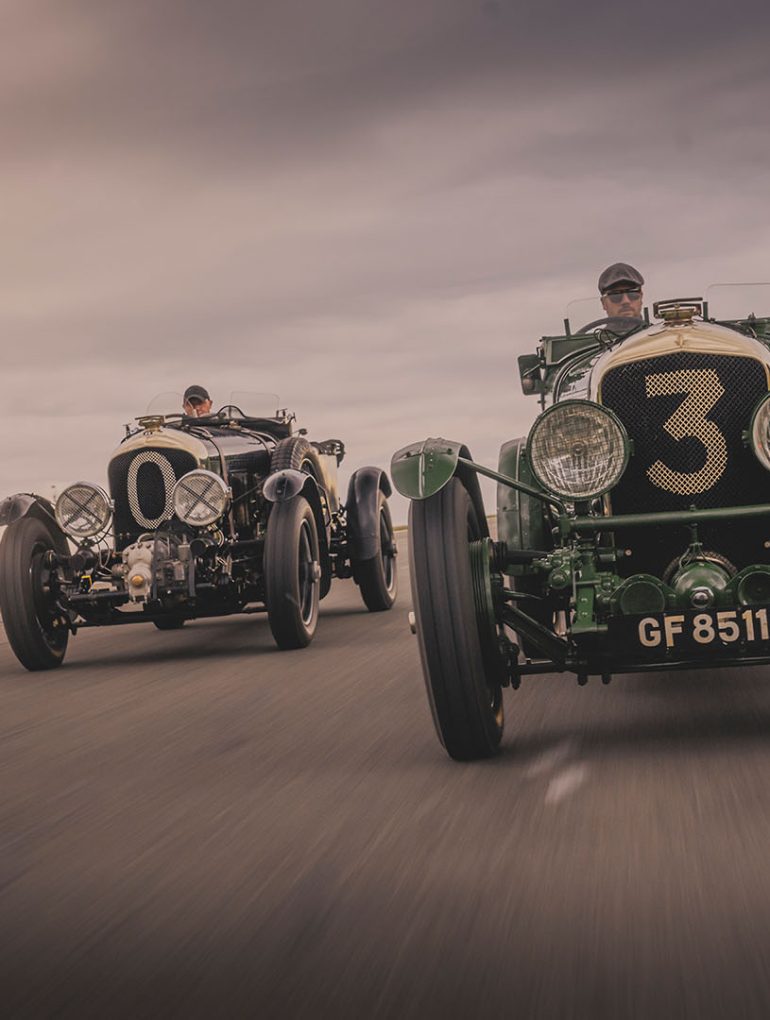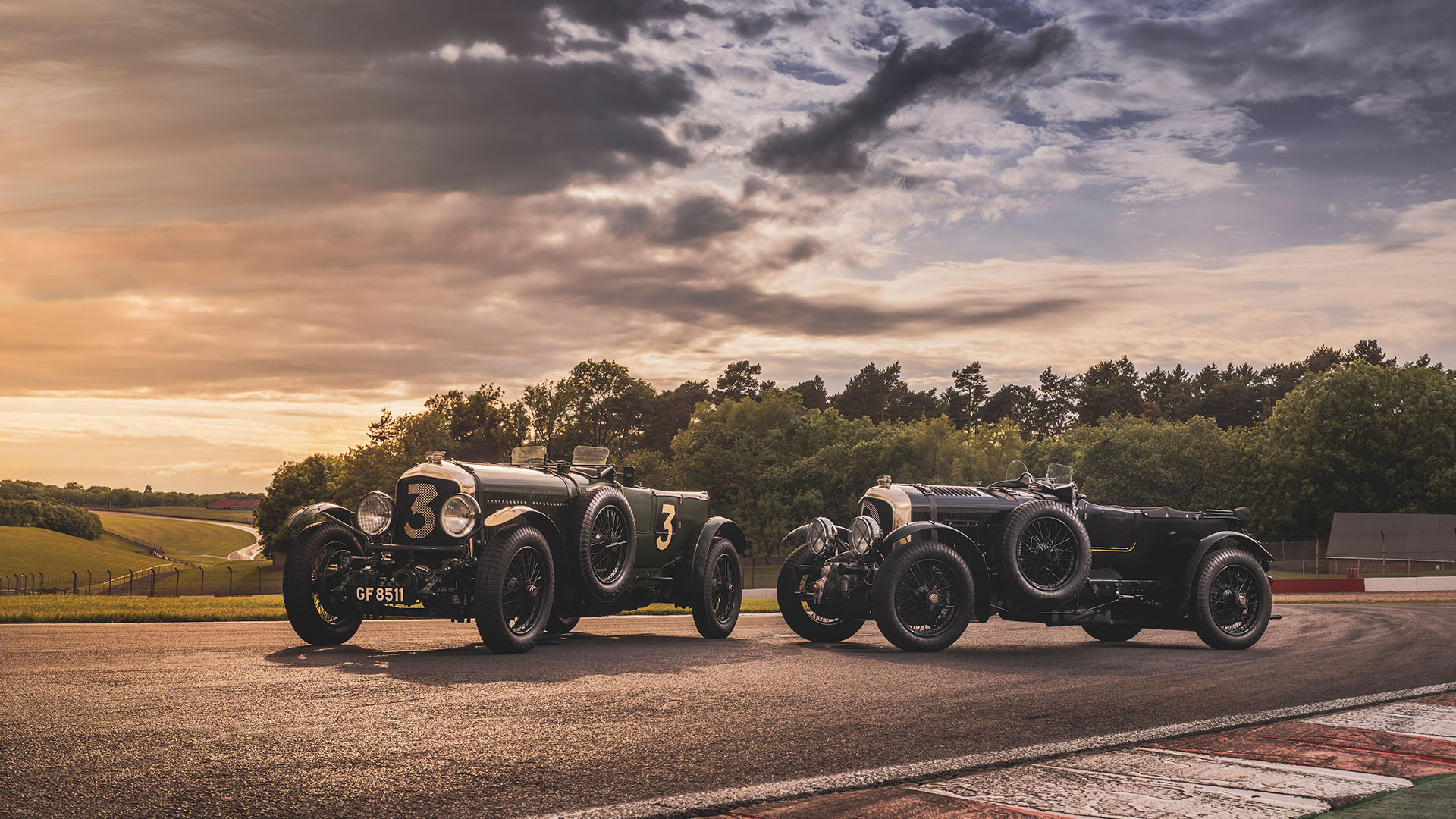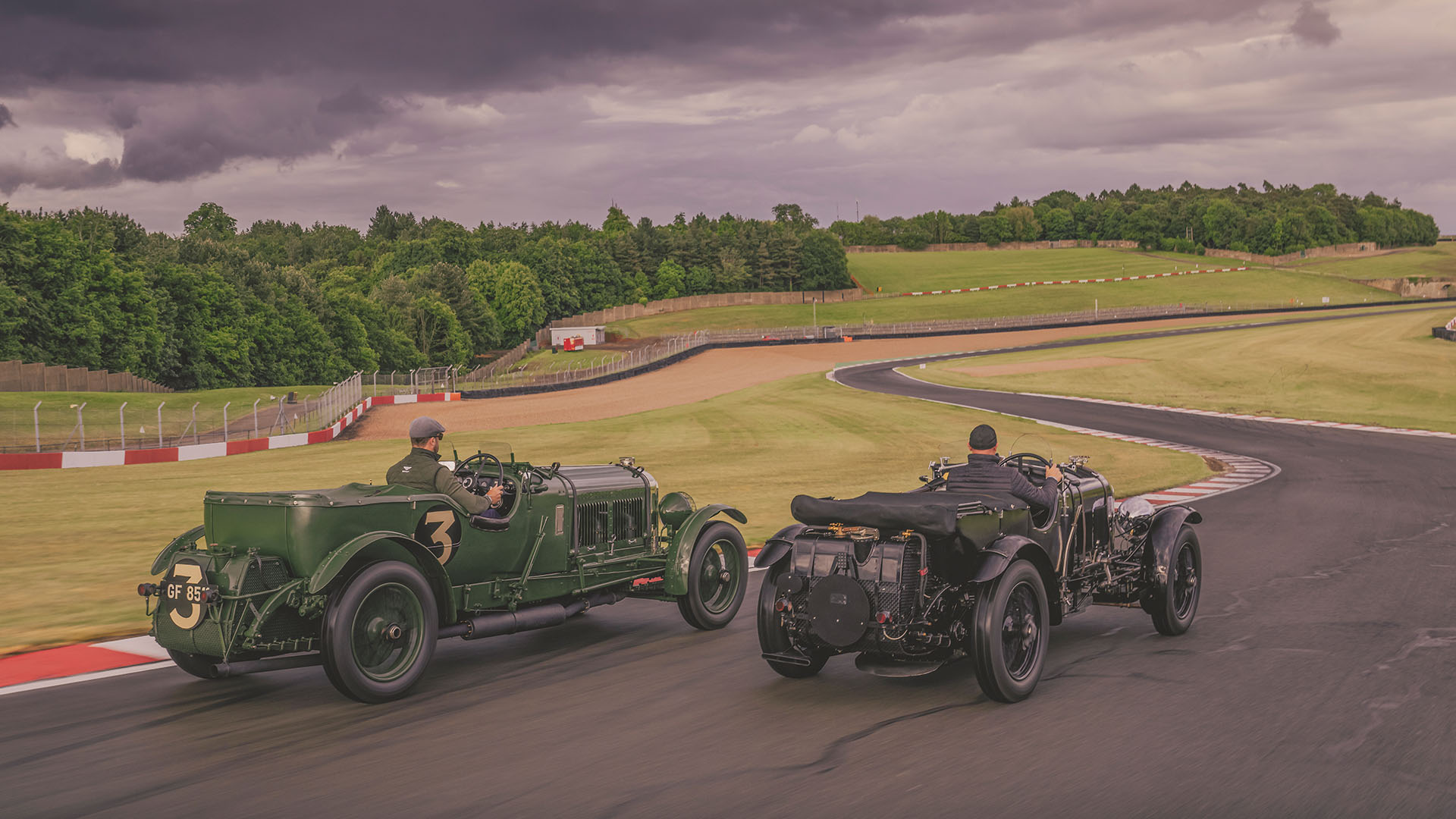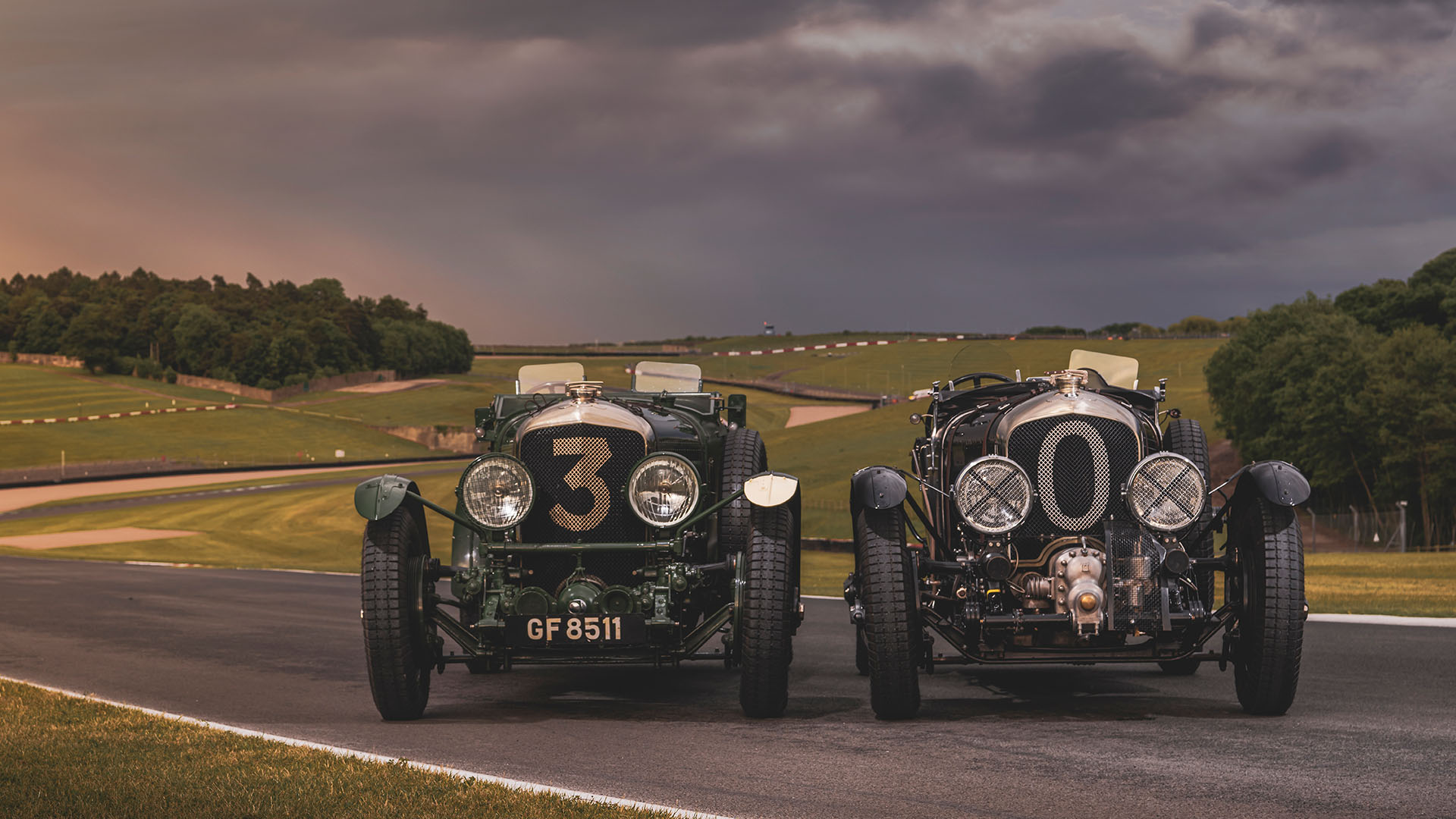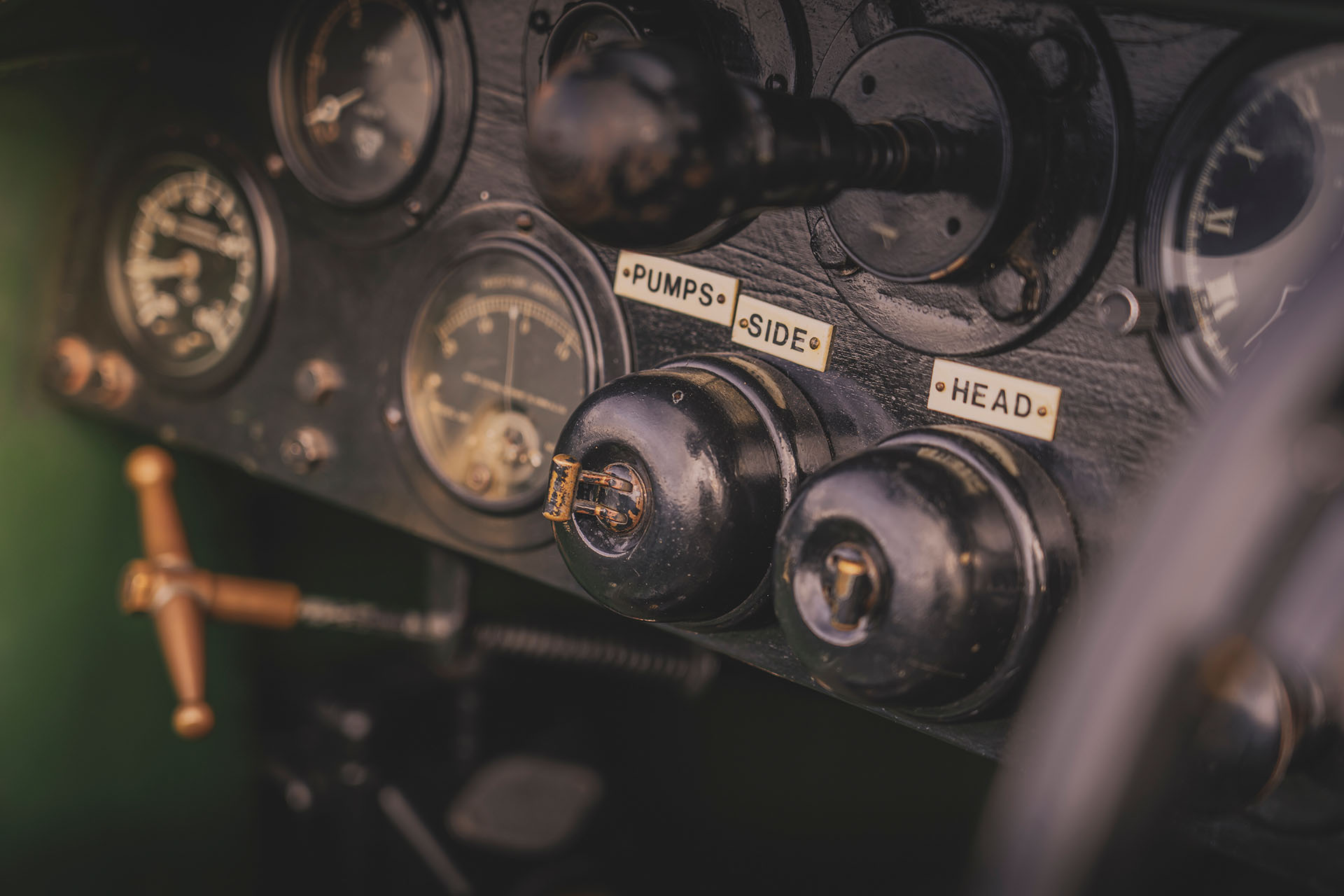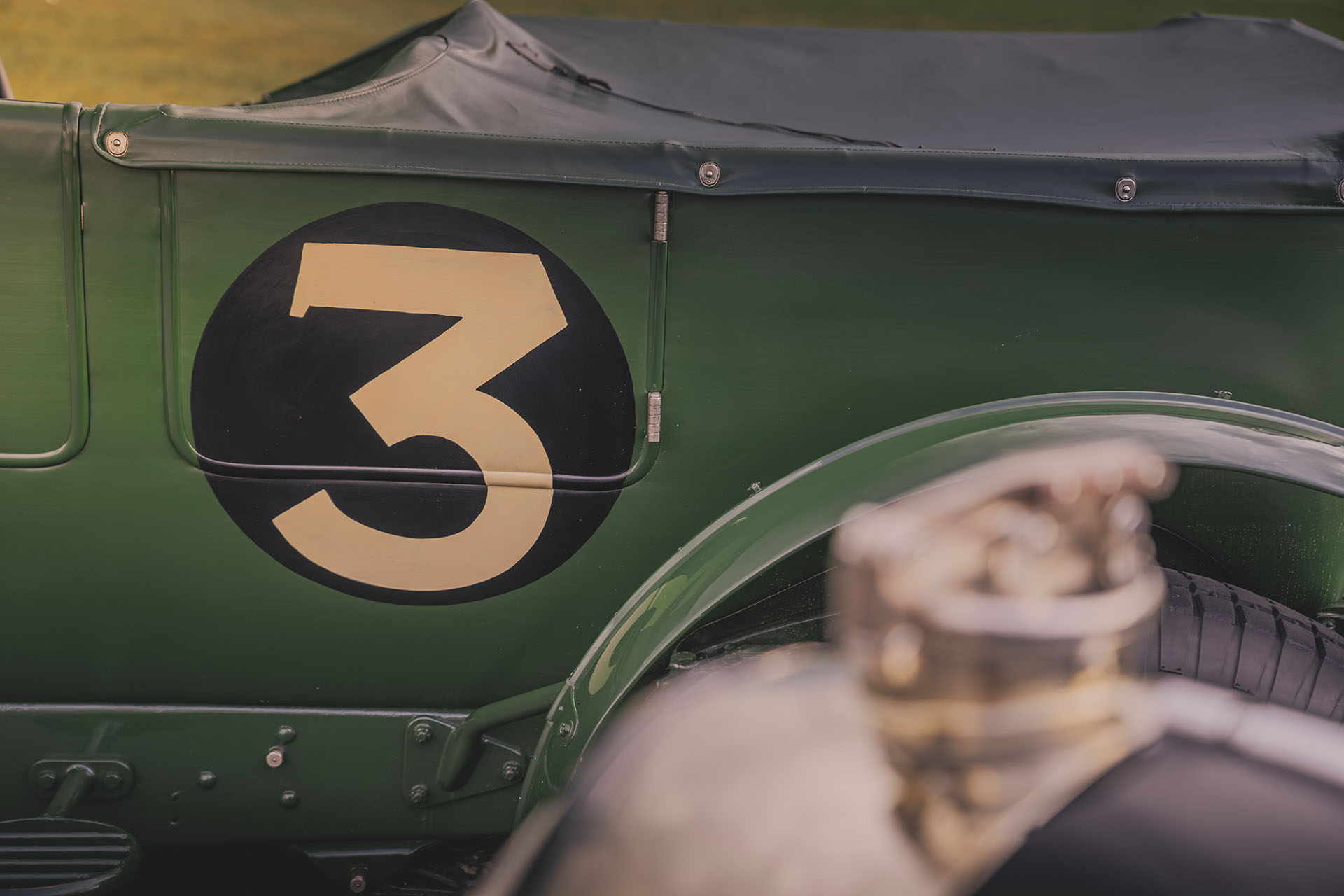Almost a century ago Bentley had one of their most successful racecars in production during that era, the 1929 to 1930 Speed Six of which 3 units were built at the time, now Bentley Mulliner will build a series of just 12 ‘Continuation’ models of this Le Mans winning Bentley racer, to honor the achievements of the original cars and while continuing to develop and preserve Mulliner’s heritage skills, the new Speed Sixes will become the second pre-war continuation project in the world after the Blower.
The Blower Continuation Series was also limited to just 12 units, and they sold out immediately, this was their first pre-war continuation project, the new 4½ liter ‘Blower’ Bentleys was based on the company’s own 1929 Team Car #2, which has turned out to become the most famous and valuable Bentley in the world today, and which raced alongside the Speed Six in 1930, so a follow-up continuation series would just have to be based on the Speed Six racer, and while we’ve only just seen the announced during the 2022 Goodwood Festival of Speed by Bentley’s Chairman and Chief Executive, Adrian Hallmark, all of the 12 Speed Six Continuation Series are sold already.
Adrian Hallmark commented: “After incredible levels of skill were acquired by the Mulliner team through the development of the Blower Continuation Series, and with the success of the cars with their customers, a chance to honor the Speed Six is a fantastic next step. It’s vital that we protect, preserve and develop not just this important part of our heritage, but also the knowledge we’ve gained through working with these classic Bentleys. The Speed Six is one of the most important Bentleys in our 103-year history, and the 12 cars of the Continuation Series will embody the same values as W.O. Bentley’s originals, crafted by hand with the same meticulous attention both to engineering quality and to fanatical attention to detail. The lucky owners will be able to race their cars around the world, and truly relive the exploits of the original Bentley Boys.”
Back in 1929 and 1930, the Bentley Speed Six, a high-performance version of the 6½ Litre, became the most successful racing Bentley with Woolf Barnato, Sir Henry ‘Tim’ Birkin, and Glen Kidston behind the wheel, introduced in 1928 as a more ‘sporty’ version of the 6½ Litre chassis, the Speed Six had a modified engine now featuring a twin SU carburetor setup, both a higher compression ratio and camshaft … power was increased from 147 bhp at 3,500 rpm to 180 bhp, at the time, customers could opt for three different wheelbases, 138 inches (3,505 mm), 140.5 inches (3,569 mm), or 152.5 inches (3,874 mm), from the 182 Speed Six models built between 1928 and 1930, the short chassis was the most popular.
For the racing version of the Speed Six, Bentley created a fourth chassis with a wheelbase of just 11 feet, 132 inches (3,353 mm) while the engine compression ratio was increased to 6.1:1 … total power output now was 200 bhp, and while this racer took the victory at the 1930 Le Mans, it was the 1929 victory at the same race that really cemented the dominance of this model, something that would take nearly 30 years to be seen again at Le Mans, not only did the Speed Six driven by Woolf Barnato and Sir Henry ‘Tim’ Birkin take the lead in the first lap of the endurance race … this Bentley Speed Six would keep the lead right up to the end, followed by three other Bentley … yes, you are reading this right, Bentley took the four first places at the 1929 Le Mans race!
And there were records shattered at that race, a new lap record of 7:21 had been set by Birkin, taking 46 seconds off the previous best and requiring an average speed of 83 mph, and in covering 2,844 km a distance record was also attained, for the 12 Continuation Series will be new cars, but built with remanufactured parts, some made along the same principles as the original parts nearly 100 years ago, but to make a true ‘continuation’ you really should have the original to take measurements from … Bentley has this covered, no worries.
The cars you see in this article are genuine 1930 and 1929 Bentley cars, the one that’s proudly showing the ‘3’ on the grille was the actual third of only three Speed Six that were entered into the Le Mans race back in 1930, it didn’t take the endurance race without some serious hardship, but she survived the race enough to be perfectly preserved ever since, despite being almost 100 years old, the nr3 Speed Six is still road legal today and is actively raced by her owner, this very car has been extremely important during the creation of the detailed 3D CAD models for the Continuation Series.
But there is a second car, this one is Bentley’s very own 1929 Speed Six road car, part of their Heritage Collection, this car (GU409) actually has an identical Vandenplas four-seat body to the race cars of that era, this car will be used to benchmark performance and handling data for the new to build ones, which will include a full power and torque curve for the 12 new engines to match, and preferably or beat.
During the second half of 2022 Bentley Mulliner will build the pre-production version of the Speed Six Continuation cars, to become a test mule for engineering and further development before the first of 12 customer cars will be assembled, but just like the Blower Continuation Car Zero, eventually this Speed Six Continuation Car Zero will remain property of Bentley, to be displayed in the future as the forebears of the families they helped to deliver.


